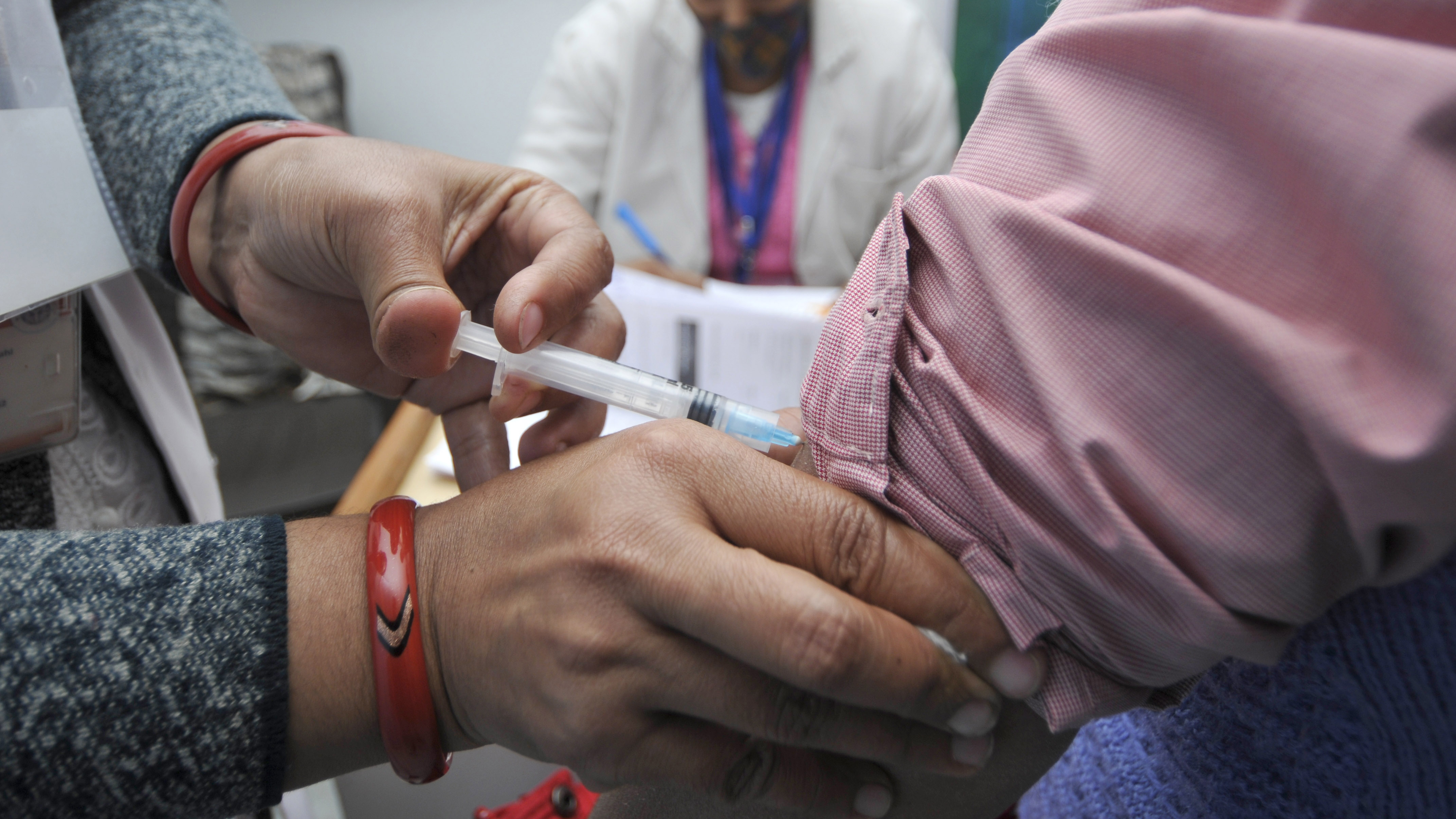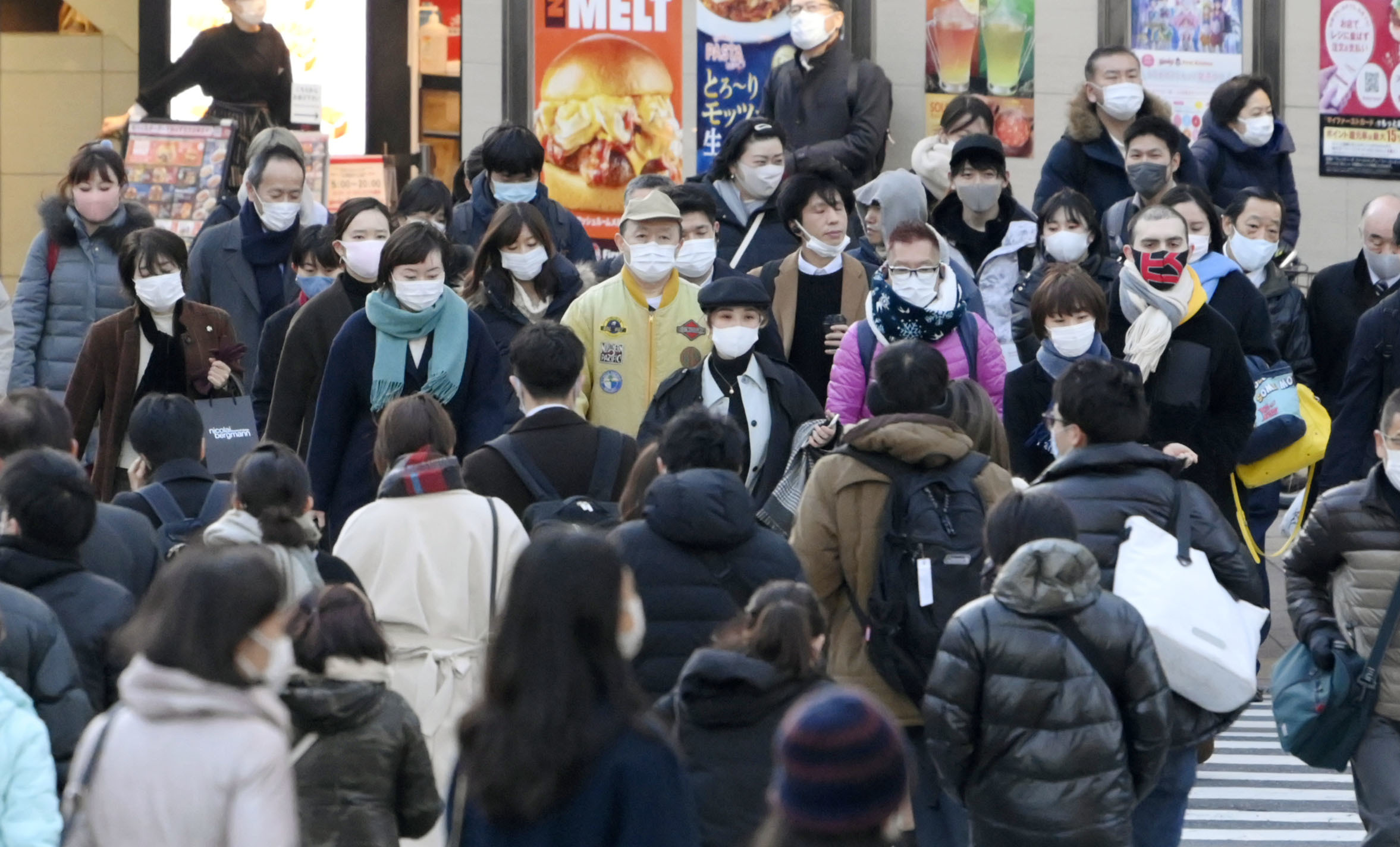
A health worker gets vaccinated against COVID-19 at a private hospital in Noida, India on January 28, 2021. /Getty Images
A health worker gets vaccinated against COVID-19 at a private hospital in Noida, India on January 28, 2021. /Getty Images
Editor's note: Freddie Reidy is a freelance writer based in London. He studied history and history of art at the University of Kent, Canterbury, specializing in Russian history and international politics. The article reflects the author's opinions, and not necessarily the views of CGTN.
On the 30th January 2020, Tedros Adhanom made a statement in Geneva. The World Health Organization Director-General declared that COVID-19 had become a "public health emergency of international consequence." One year on from that landmark event, while the WHO team are searching Wuhan for answers to better understand the virus, the international community is searching for a greater understanding of how COVID-19 is changing the geopolitical sphere.
Earlier this week, the world recorded 100 million cases of the virus. The reproduction rate has surged with 50 million cases recorded in 11 months, with that figure doubling in just 3 months. The consequent loss of life has shocked the world.
The virus though, has proved a stern test for governments around the globe. The disparity in virus response, infection and death toll has been incredibly varied with some countries such as Vietnam faring far better than the U.S., a country with a vastly higher GDP. Indeed, the Lowry Institute ranked Vietnam second in its response, behind New Zealand, with the U.S. languishing in 94th out of the 98 nations ranked.
A retreat from multinational engagement led by Former President Trump also led to limited coordinated global action. It is not just the U.S. though, in the EU, boarders were closed unilaterally, and restrictions placed on the free movement of PPE around the bloc. Today there is a threat of export bans of vaccinations from the EU because of deficiencies in Brussels' vaccination procurement process.
Economically, the IMF predicted that by 2022 the Chinese and U.S. economies will only be 1.5 percent smaller than pre-pandemic levels. Given the deglobalisation that the pandemic caused, the suppression of many industries and breakdowns in supply chains, this is a rosier picture than many had feared.
However, the acute difference between the world's two largest economies is that where the Chinese recovery has been facilitated by successful containment and prevention measures, permitting life to largely return to normal, the U.S. recovery has been fuelled by massive asset purchases and fiscal stimulus, in other words, debt.
There is also another form of debt. The west has long projected an image of strength and resilience abroad, but in this instance, serious deficiencies have been exposed. This goes beyond misplaced jokes of the Trump-era regarding the injection of bleach, but to the heart of seemingly strong and stable nations like Germany, where in some regions, 86 percent of people dying in care homes are dying of COVID-19, alone.

People wearing face masks amid the coronavirus pandemic are seen walking at an entercection in Shinjuku area, Tokyo, Japan, January 29, 2021. /Getty Images
People wearing face masks amid the coronavirus pandemic are seen walking at an entercection in Shinjuku area, Tokyo, Japan, January 29, 2021. /Getty Images
On the international stage, the economic aftershocks alone are predicted by the UN to drive 420 million into extreme poverty. The WHO's COVAX initiative is moving too slowly, an issue which could become a disaster, if cases spike. With G7 members such as the UK offering $684 million to the project, the U.S. is only just joining the program.
China though has been able to offer and ship considerable supplies of the Sinovac inoculation, while other nations are scrambling to establish their own supply chains. In a post-COVID world, it surely will not go unnoticed those nations able to manage such disasters while supporting the global community and those who simply retreated.
Even in G20 countries like Italy, the EU was left red faced as PPE exports from Germany were banned as supplies were flown to Italy from China. "China's geopolitical rise has been several decades in the making. But while China successfully transformed itself into an economic and technological superpower, no one expected it to become a 'soft power' superpower," according to Ian Bremner President of EuroAsia Group, writing for the IMF.
While the West has been caught repairing the roof while the rain pours, China and East Asia have been sowing the seeds of tomorrow's harvest. Whether it be high speed rail projects in China, a drive for digitized system of government in Japan or the continued growth of South East Asian economies facilitated by strong leadership and containment throughout the pandemic.
Tomorrow's world economy is being built. Relationships being reevaluated and the old-world order being questioned. It therefore falls on the West to learn the lessons of the pandemic, understand the limitations of isolationism and demonstrate its worth or else face being left behind.
(If you want to contribute and have specific expertise, please contact us at opinions@cgtn.com.)

